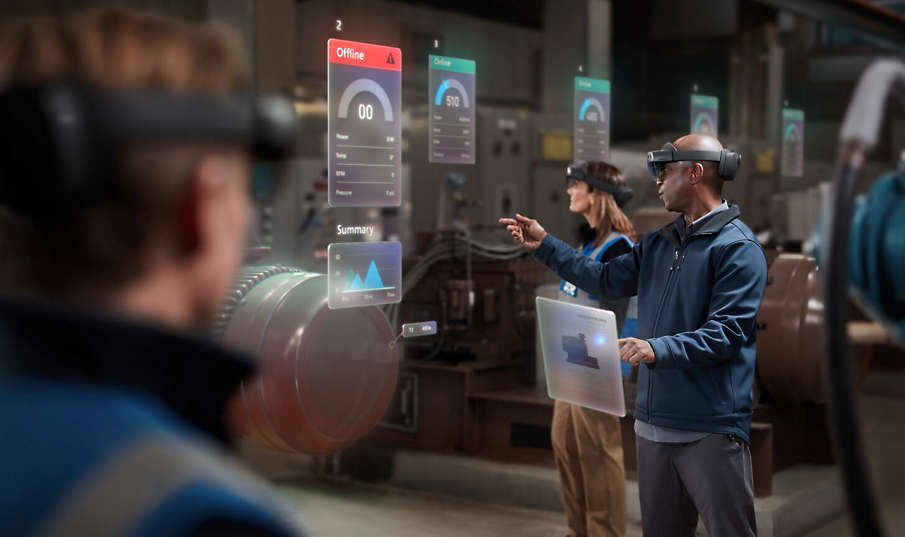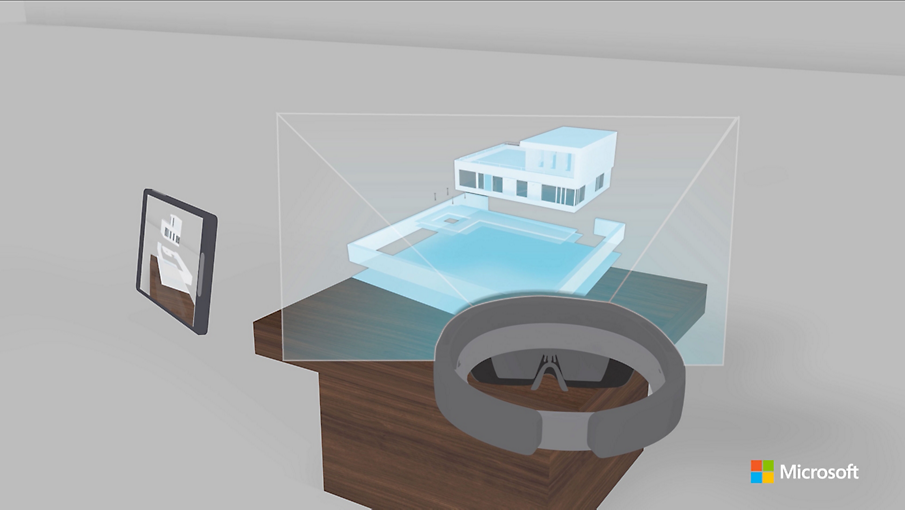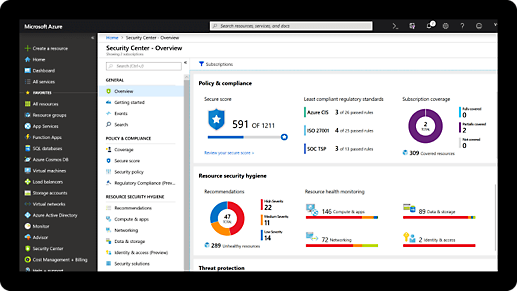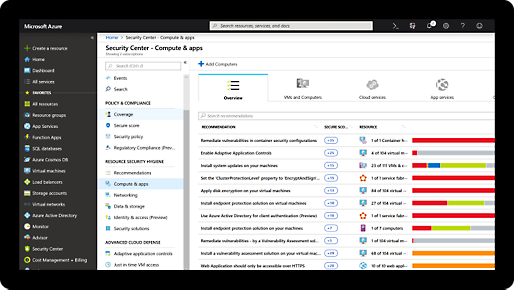Spatial Anchors
Build apps that map, share, and persist 3D content.
Build cross-platform mixed reality applications with spatial context
More easily build rich immersive 3D applications and experiences that map, persist, and restore 3D content or points of interest at real-world scale.
Persist and Share 3D Content
Accelerate mixed reality app development by eliminating the difficult task of creating and restoring persistent, accurate digital anchors
Operate at Real-world Scale
Spatial Anchors has a proven ability to operate at global scale persisting and restoring millions of 3D objects
With the Security and Reliability of Azure
Ensure that your 3D content is rendering safely and reliably by leveraging Azure, the world’s computer
Contextually integrate IoT data
Connect your digital business data to your real-world workflows in facility management, manufacturing, and retail. Put real-time data at the fingertips of your employees, enabling them to make better, faster, and more informed decisions.


Create massive multiplayer games in the real world
Bring the best of mobile gaming and mixed reality together. Spatial Anchors enables players to find nearby content, share and play mixed reality experiences in a real-world location, and persist games and puzzles for discovery on later days, weeks or months. Build experiences such as Minecraft Earth, holographic scavenger hunts, or digital escape room puzzles.
Enable collaborative experiences across platforms
Share mixed reality content on all the devices that work best for your solution, for scenarios like training and design review. Spatial Anchors supports HoloLens devices, ARKit-enabled iOS devices, and ARCore-enabled Android devices. Build your apps using Unity or your favorite native SDK for the devices you choose to support.

See how it works
Build multi-user, cross-platform apps. Create persistent spatial anchors in the real world and attach digital content to those anchors. Enable wayfinding. With Spatial Anchors, you have all of these capabilities at your fingertips. Watch them come together in a common scenario—architecture design review.

Comprehensive security and compliance, built in
-
Microsoft invests more than $1 billion annually on cybersecurity research and development.



-
We employ more than 3,500 security experts who are dedicated to data security and privacy.

Get started with an Azure free account
1

2

After your credit, move to pay as you go to keep building with the same free services. Pay only if you use more than your free monthly amounts.
3

Documentation, training, and resources
Tutorials
Get started building apps with step-by-step guidance from Microsoft Learn.
Documentation
Start using Spatial Anchors with our documentation.
Solution architectures
Explore reference architectures, example scenarios, and common workloads on Azure.
Frequently asked questions about Spatial Anchors
-
Mixed reality is the result of blending the physical world with the digital world. It adds interactive holograms to your real environment. Holograms are objects made of light and sound that appear in the world around you and obscure what's behind them as if they're real. Using artificial intelligence, holograms in mixed reality respond to commands and interact with real-world surfaces in real time.
-
Across augmented reality (AR) platforms, "anchors" are a common frame of reference for enabling multiple users to place digital content in the same physical location, where it can be seen on different devices in the same position and orientation relative to the environment. With Spatial Anchors, you can add anchor persistence and permissions, and then connect anchors in your application so that your users can find nearby content.
-
-
Spatial Anchors supports all HoloLens devices. Today we offer documentation support for HoloLens Development Edition and HoloLens Commercial Suite, and documentation for HoloLens 2 is coming soon. You can also use this service in apps running on iOS-based devices supporting ARKit, and Android-based devices supporting ARCore.
-
You can go to the Azure Portal, select Spatial Anchors Resource, select "Metrics" tab under Monitoring Section (Left hand navigation), and then select Anchors Queried in the chart.



